How one of Sydney’ best lagoons on the northern beaches were destroyed
LAGOONS are now considered jewels on the northern beaches but last century residents of the area — and their councils — went about despoiling them for various reasons. As John Morcombe reports, one of Sydney’s most highly-regarded lagoons was ‘obliterated’.
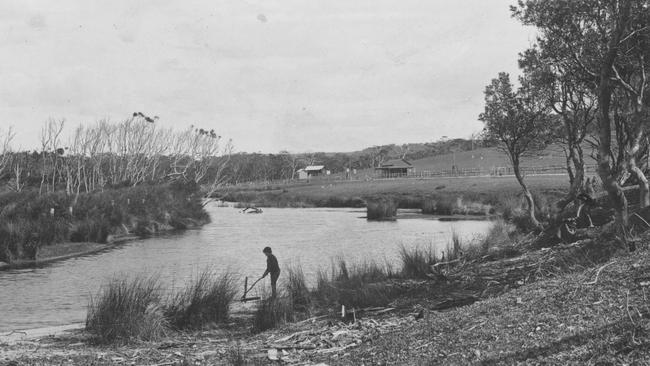
Manly
Don't miss out on the headlines from Manly. Followed categories will be added to My News.
- The master mariner who was a leading light behind the leading line
- When Manly marked the 150th anniversary of Arthur Phillip’s arrival
- Bilgola Estate surveyor’s body found after going for a swim
THE lagoons are now considered jewels on the northern beaches but last century residents of the area — and their councils — went about despoiling them for various reasons.
Before it was realised that the lagoons and the wetlands around them were vital parts of the coastal ecosystem, they were generally thought of swamps and a hindrance to the proper development of the area, so people didn’t think twice about “reclaiming” wetlands and converting them to golf courses, sports fields or reserves.
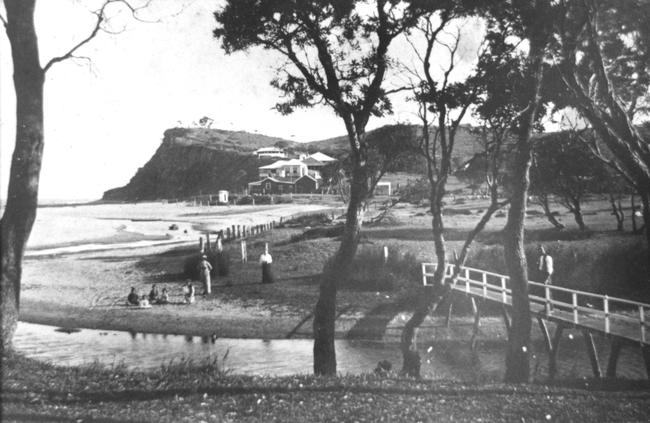
To add insult to injury, some of the reclamation was done by using the lagoons as garbage tips and then covering the tips with turf, as happened on both sides of Curl Curl Lagoon and at the southeastern corner of Dee Why lagoon.
Thankfully, the importance of lagoons and wetlands was eventually realised but not before several small lagoons were obliterated — including one at Mona Vale and one at Newport — and other wetlands suffered a similar fate.
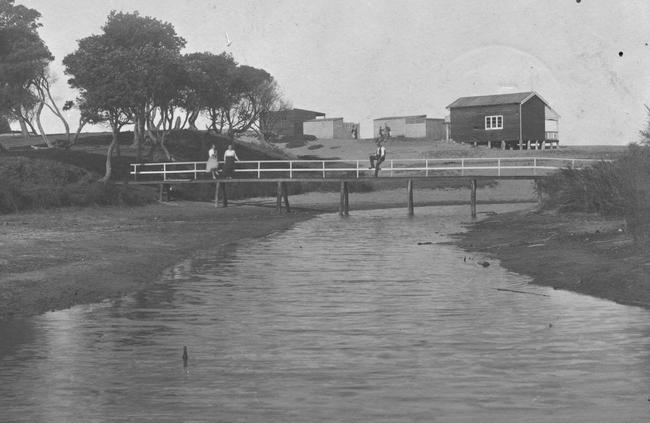
The small lagoon at Mona Vale was immediately north of Darley St but was “beautified” and turned into a lake by George Brock when he established the grand Oaks Polo Pony Stud, also known as Brock’s Folly, in the late 1890s and early 1900s.
With the failure of Brock’s Folly in various guises, the land was subdivided for residential development and the lagoon-cum-lake was filled in and built over.
Most Sydneysiders were introduced to Newport Lagoon in 1861 by journalist Charles de Boos, who wrote a long essay in the Sydney Mail, “My Holiday”, in which he described his traipse up the coast of the northern beaches.
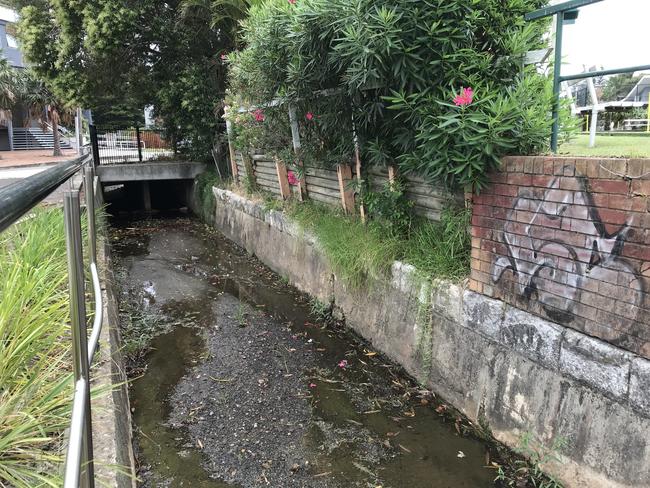
At Newport, he found a creek that “ran away to the eastwards, widening out until it emptied itself ... into a miniature lagoon separated from the sea by an extensive sandbank. It was crossed by a substantial timber bridge, raised high above flood level.”
In 1905, Thomas Hodges wrote in the Sunday Times that Newport was one of Sydney’s best picnic spots.
“Situated on a peninsula, there is on the one hand the bay of Pittwater with its innumerable creeks, its sandy beaches, its calm fishing and oyster rocks; and, on the other, within ten minutes’ walk, there is the ever-restless sea, with its magnificent coast line of head lands and beaches, its surf and lagoon.”
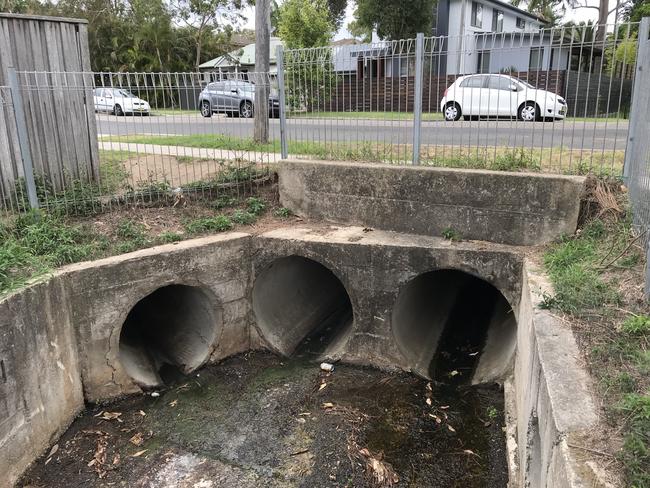
The small but pretty lagoon at Newport was originally called Farrell’s Lagoon after the man who bought land in the area in the 1820s, just as the beach was known as Farrell’s Beach.
The lagoon stretched from the beach back to where Newport Bowling Club now stands and at the back of it was a wetland where Newport Oval is.
But as development increased at Newport, so did pressure on the small lagoon and in 1921 Warringah Shire Council resolved to erect signs near the lagoon warning residents and visitors against the practice of throwing garbage into it.
In the mid-1920s, residents of the area complained that sand was being removed from the beach by a development syndicate and used to fill part of the lagoon.
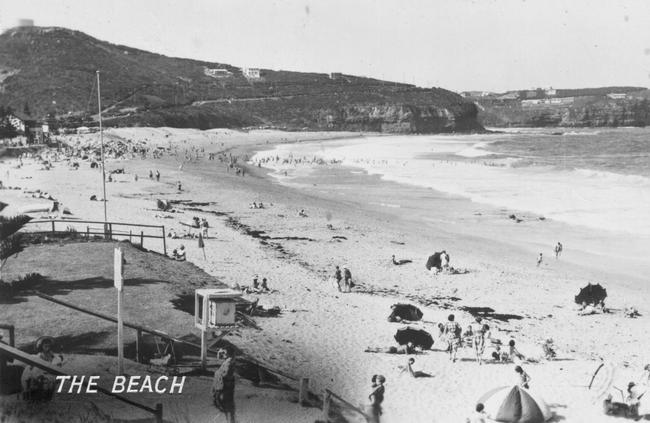
“We are mighty glad to see the lagoon being filled in but not at the expense of a beautiful beach,” a member of the Newport Progress Association told a Sydney newspaper.
At the same time, other surrounding land owners were applying to buy parts of the lagoon.
It was as if everyone wanted a piece of the lagoon but no one respected it.
In 1928, the Newport Progress Association asked the council to drain the lagoon and fill it, which the council amenable to doing but lacked the funds and needed the permission of the Lands Department to do.
In 1930 the council resolved to apply to the Unemployment Relief Council for a grant to reclaim the lagoon but it was not until October 1932 that the Lands Department approved the reclamation scheme and it was not until December 1932 that the council got a £2500 grant and a £2500 loan from the Local Government Department to undertake the work using unemployment relief workers.
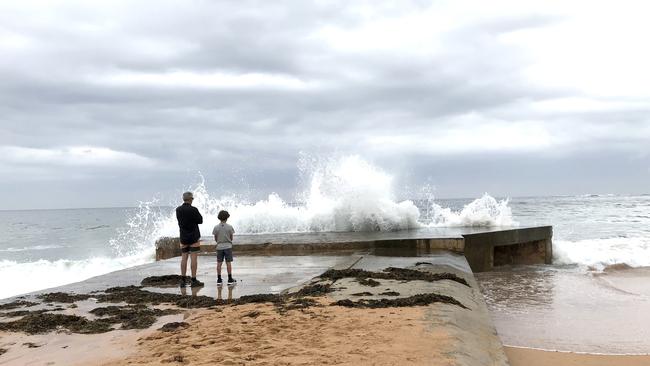
The reclamation was undertaken throughout 1933, after which the area was turfed and planted with trees.
Since then, the landscape has been altered dramatically with the development of roads, shops and houses.
Today the water that fed the lagoon flows through a drain under Newport Oval and Barrenjoey Rd, along a culvert to Bramley Ave, under the carpark behind the shops on the eastern side of Barrenjoey Rd and empties into the ocean through a concrete stormwater pipe.


